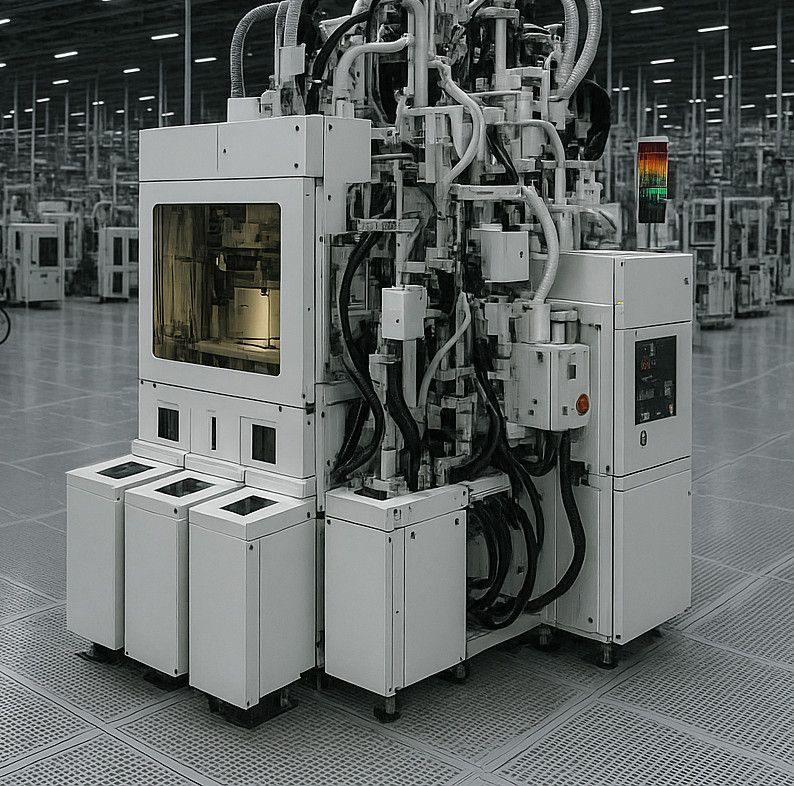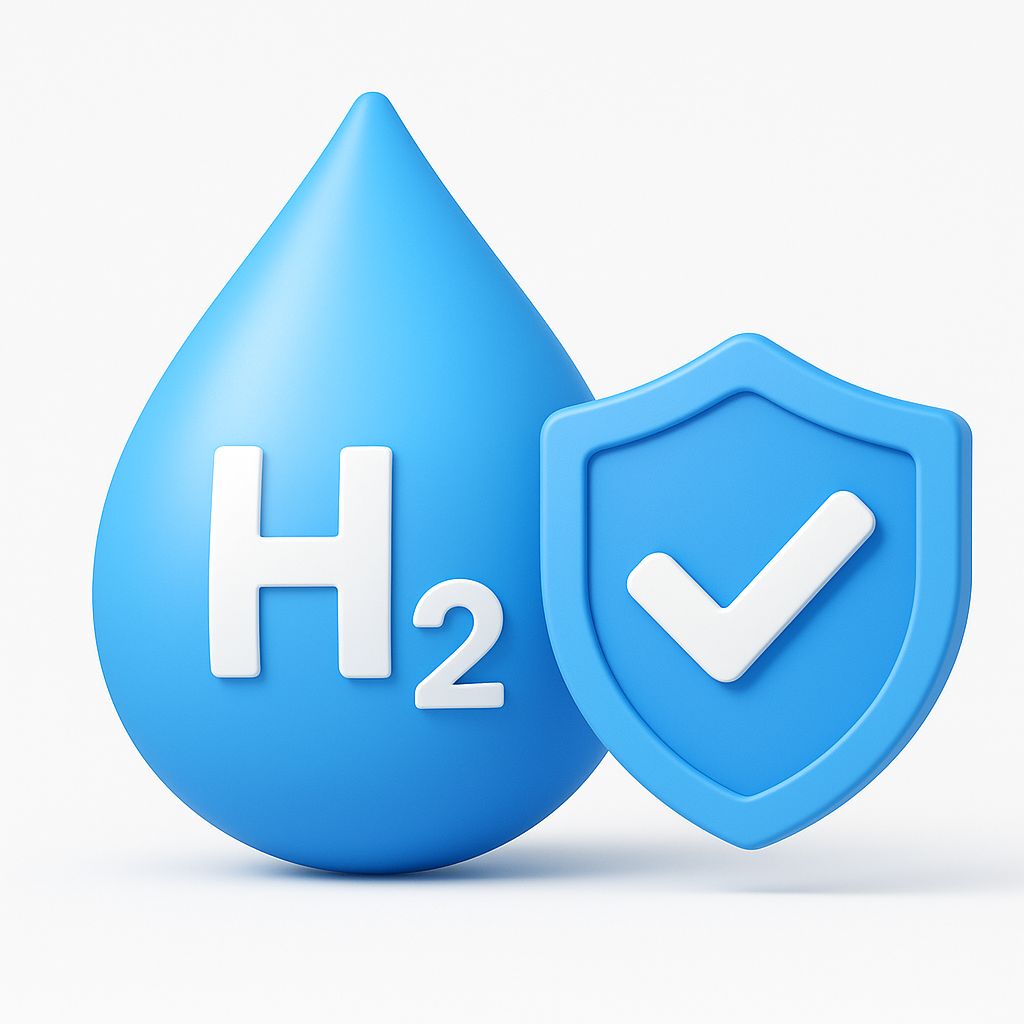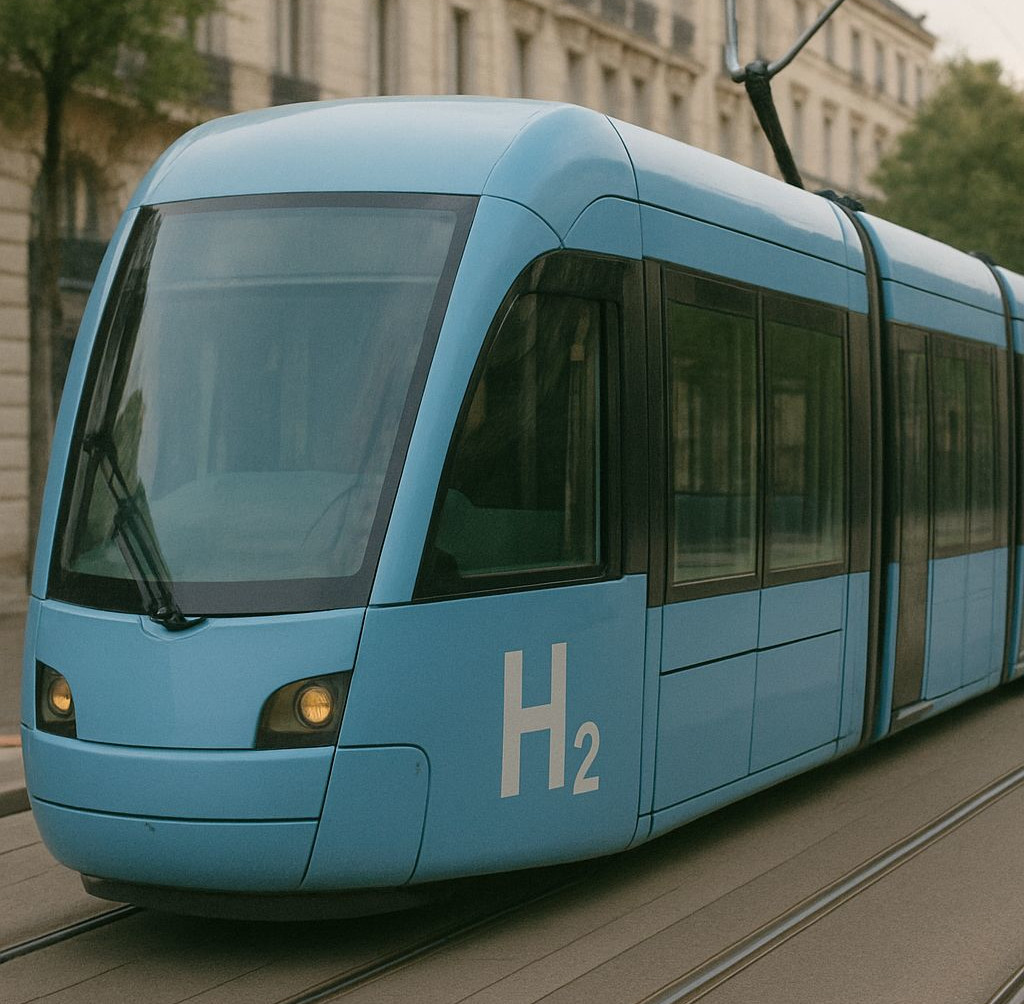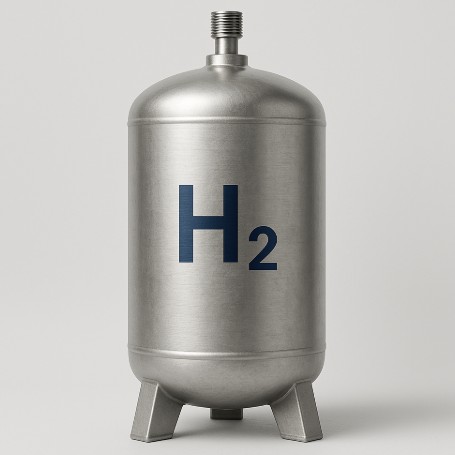South Korea enhances Safety Standards for Hydrogen Refueling Facilities
22. May 2025The Ministry of Trade, Industry, and Energy (MOTIE) has approved substantial updates to the safety standards for hydrogen fueling facilities. The implementation has now been announced after the Korea Gas Safety Corporation (KGS) made adjustments to the KGS codes FP216 and FP217. These revisions are part of a broader initiative aimed at increasing their practical application in the industry. The updated codes feature an expansion of the scope previously limited to “Hydrogen Vehicle Charging Facilities,” now adopting the broader term “Hydrogen Fuel Charging Facilities.” This change opens the way for diverse hydrogen-powered transport modes to utilize these facilities more widely. Hydrogen systems, equipment and components generally require a KGS factory approval in order to be approved for import and sale in Korea.
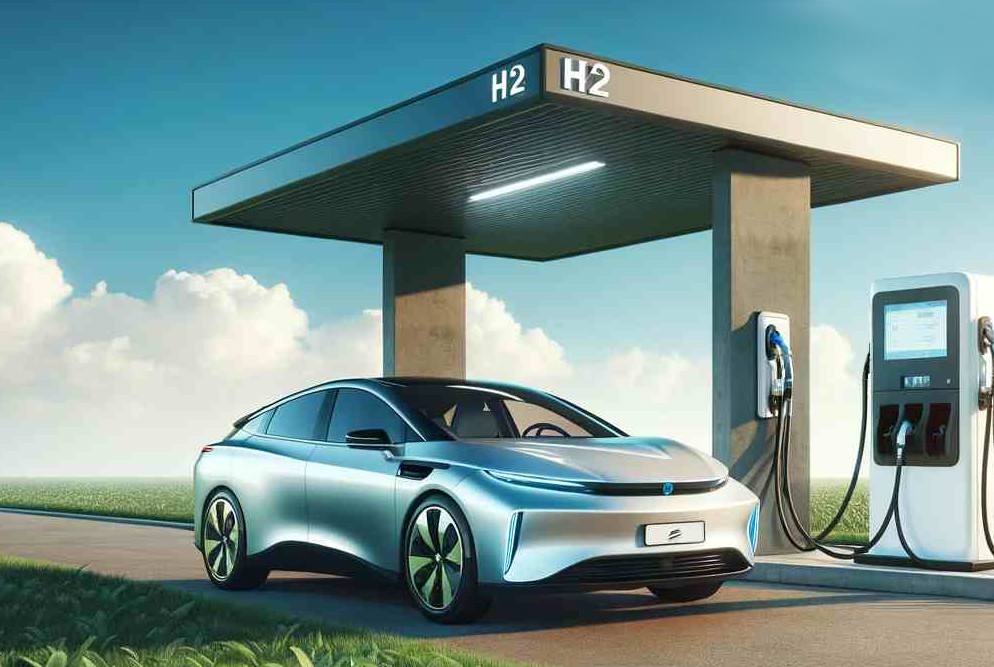
Additionally, regulations regarding distances between fueling equipment and road boundaries have been relaxed under specific conditions. Facilities employing protective barriers are now allowed more flexibility in terms of required distances, enabling optimal space utilization without sacrificing safety.
Further flexibility in facility layout has also been introduced. Safety distances between hydrogen fueling installations and adjacent protective facilities or property boundaries can now be reduced, provided enhanced safety measures, such as reinforced protective barriers and dual automatic shut-off valves, are implemented.
Moreover, new safety standards specifically designed for hydrogen-powered ships have been introduced, aligning with recent regulatory developments and expanding safety provisions across different hydrogen fueling scenarios.
In line with international safety standards, the ministry has introduced a new safety performance evaluation system. This system, incorporating widely recognized standards such as SAE J2601 and CSA/ANSI HGV 4.3, provides detailed methodologies for assessing the safety performance of hydrogen fueling operations.
The updates also clarify operational procedures regarding interlock pressure settings. Compressors’ interlock pressures must now be set below the threshold pressures of safety devices positioned downstream, ensuring enhanced safety during operations.
Lastly, FP217 has been revised to ensure complete alignment with existing high-pressure gas safety management rules, particularly regarding requirements for protective shielding of equipment located within 30 meters of sensitive facilities.
Collectively, these changes significantly enhance safety management and offer greater operational flexibility, fostering a more extensive and efficient deployment of hydrogen fuel technology across various transportation sectors.
Feel free to contact us any time if you need assistance or have any questions regarding Korean certifications like KC, KC EMC, KCs, KCs for explosion safety products or KGS factory registration.
Tel. Europe: +49-69-271 37 69 259
Tel. US: +1 773 654-2673
Email: info@korea-certification.com
For more information you can download our free brochure “Korea Certification Made Easy – The Booklet“.




